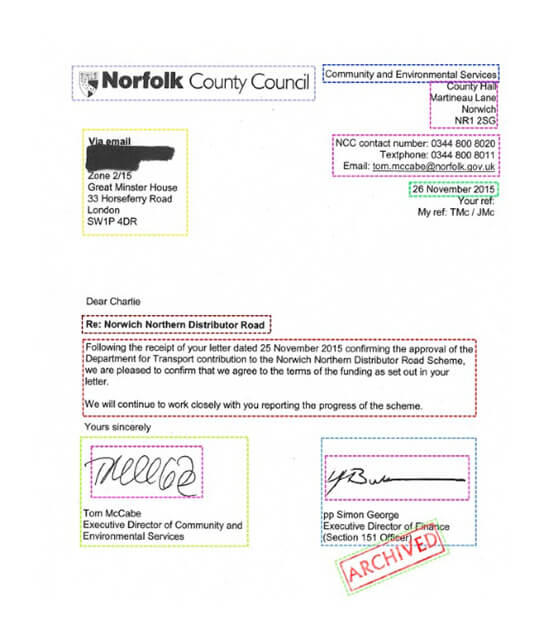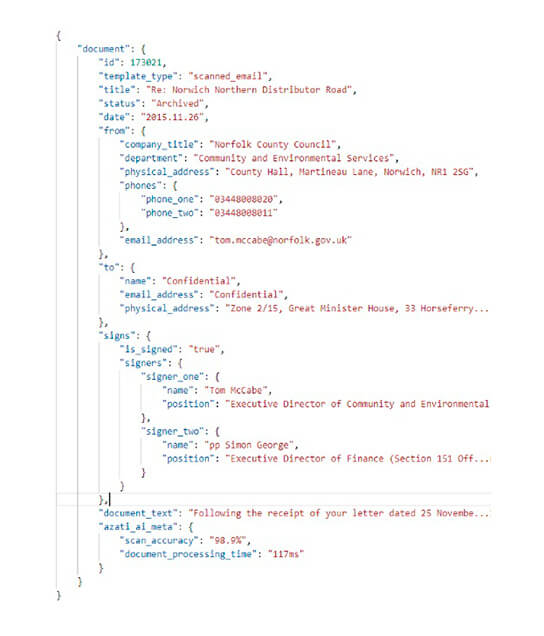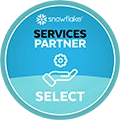Cloud Platform for
Document Digitization
Azati builds a cloud platform for on-demand digitization of complex documents. The solution is powered by machine learning and computer vision technologies.
Shedule PresentationData Extraction and
Digitization Made Easy
with Azati
Many companies have accumulated large volumes of textual and graphical information in the form of paper, scanned and electronic documents in various formats.
The content of these documents is often indispensable for the company’s future operations, raising the need to make this information available for machine processing.
Insurance
Digitize policy forms, claims documentation and invoices
Healthcare
Digitize clinical records of medical patients
Architecture
Digitize schemes of building and construction plans
Our Mission
is clear and simple
We solve complex data extraction tasks, enabling our clients to automatically extract the data for which no automated extraction methods existed before. This includes documents containing unstructured data, graphs, diagrams and drawings, where the conventional OCR methods are not applicable.
The automation allows converting scanned data assets into machine-readable format faster, cheaper, and more reliably than manually. Besides, due to its AI-based core, the platform continuously learns and becomes more sophisticated by accumulating experience and expanding its knowledge base.
Extraction and
Digitization Process
consists of three simple steps
The platform provides three key capabilities that transform unstructured information into actionable data. This assumes that the initial document capture has been completed and the access to the scanned documents has been provided.
Step #1: Zone Classification
artificial intelligence classifies zones of the document
With the irregular document layout and continuous emerging of new versions, the use of standard OCR engines for document classification and data extraction becomes very limited. In case of sophisticated documents that contain complex graphics or charts, they are not applicable at all.
The platform corresponds the known patterns to automatically classify scanned and electronic documents into different groups, as well as determine the beginning and end of a text and general structure.
The recognition of the document’s logical structure is based on the analysis of titles, headings, sections, elements, and thematically coherent parts. Machine learning, with its self-learning abilities, addresses the challenge of zone and document classification very efficiently.
The system needs only a few samples for the initial training (i.e., learning to classify the documents), and it continues to learn over time. If the system has low confidence in any document it attempts to classify, the platform asks a human operator to assist.

Step #2: Data Extraction
the data is being automatically extracted by the platform
Once the document is classified, the platform automatically extracts metadata from document content.
Metadata is a set of fields that describe the actual content of the document. For example, if the document was recognized as an invoice, its metadata could include the supplier account name and address, invoice number, purchase date and total.
The extracted metadata is used to organize, find, and downstream documents into another software, such as an accounting and enterprise resource planning (ERP) platforms, customer relationship management (CRM) and enterprise content management (ECM) systems or business process management (BPM) applications.
Metadata also helps to interpret the document’s actual content, textual and graphical data elements, and extract the document data for further processing through the help of machine learning tools, business rules, and fuzzy logic.
This step typically requires at least limited manual validation based on the calculated confidence level of the automatically extracted data and based on the existing regulations around the given document type.

Step #3: Export Results
The platform exports the collected data to other software
As a final step, the engine automatically exports the extracted data and metadata to a business process/workflow or to any downstream system. The information is immediately available for use and can be quickly taken into action.
The platform is capable of providing outputs in multiple formats and Application Programming Interface, making it easy to integrate with any modern applications: from open-source CRMs to enterprise-grade business intelligence systems.
Even if the customer faces any difficulties during the integration, the development team helps a client to integrate the platform into the existing infrastructure.

Frequently Asked Questions
the most commonly asked questions from our clients
Is this solution an OCR Engine?
Not quite. The platform includes the functionality of the traditional OCR engine and enriches it.
In its core, Azati AI uses modern ICR (Intelligent Character Recognition) techniques to power tiny neural nets, that are the parts of the artificial intelligence that processes documents.
Such an approach helps the system to recognize and extract specific data from the complicated patterns: stamps, maps, waretmarks and signatures. It also processes the documents with a flexible structure.
Is the process an outsourced operation?
Hopefully, not. We do not outsource any operations.
As you might know, the majority of the document digitization systems use human powers to digitize complex documents. Usually, it is an outsourced process done by the external vendor. So there is the small probability that the confidential documents will see someone else.
The platform is entirely different. We rely on cloud computing to process complex documents: all documents are processed in Amazon Cloud. Amazon Cloud is a reliable cloud computing provider known for its respect to user privacy.
Is this platform a big on-premise investment?
As this engine is not a solid solution but it is a flexible platform, so it means that we configure it for every client. For the business, it means, that you get the personalized solution, that matches the business workflow and solves the specific goals.
We decided to use such an approach because the clients prefer to pay for the features they use, but not for the functionality that is included, but never used.
Document digitization platform is NOT one big on-premise investment. It is a flexible solution that grows with a business, cutting down the costs and delivering the result our customers expect.
Can this solution be involved with every project?
Even as it is the flexible platform, nevertheless it can’t be involved with every project.
In some complex cases, the platform requires little human help and some minor tuning and setup. Human tuning is strongly recommended when documents contain signatures, stamps, watermarks, and maps. After minor setup, the average probability of successful document recognition is close to the 98.6%.
But there are the situations when the system is entirely unsuitable. For example, the business has a low document volume with a considerable number of different document templates. The solution can be applied as the digitization engine, but it will be less expensive to outsource the document digitization to the external vendor.
This way we provide entirely free consultations related to the document digitization and integration into the business workflow.
How much does it costs and how is it billed?
There is no simple answer. It depends on many factors.
As we already mentioned, this project is the platform, but not the solid solution. In practice, that means that Azati customizes it for every client according to the specification.
For different businesses, our team provides different pricing models: from the fixed integration costs to the flexible pricing, calculated according to the amount of processed documents (units). From our experience, we should mention that final prices are usually about 137% lower, in comparison with competitors offer for the same configuration.
The best way to learn about pricing in your particular case: is to schedule the presentation and send us the sample documents. Sample documents help us to adapt your system for your specific situation.
What is under the hood?
Not a simple question. The platform relies on many different technologies. There is no single technology or programming language to say it powers the platform.
To say simply, it is an enterprise-level digitization engine powered by machine learning and sophisticated intelligent character recognition techniques.
The first versions of the engine were almost fully based on the open-source products. But now there is virtually nothing from the open-source left, during the development process we realized that there is no sense to improve open-source libraries and they are limited in some aspects.
So we developed our modules written in various programming languages to make the system work faster, more efficient and accurate. In fact, it means, that we are fully responsible for the code quality and overall platform security.
Is it possible to schedule the demo?
Yes, sure. The best way to schedule the demo is to contact us via one of the contact forms on the website.
Please, note the fact that we respect our client privacy and the data security. That means, that for the successful demo you need to provide us the sample documents.
During the demo, we will show you how the platform works, how it processes your documents and the output data extracted from your samples.
Ready to get started?
Azati creates various applications powered by advanced machine learning technologies and sophisticated models to simplify everyday work.
Let’s discuss your idea